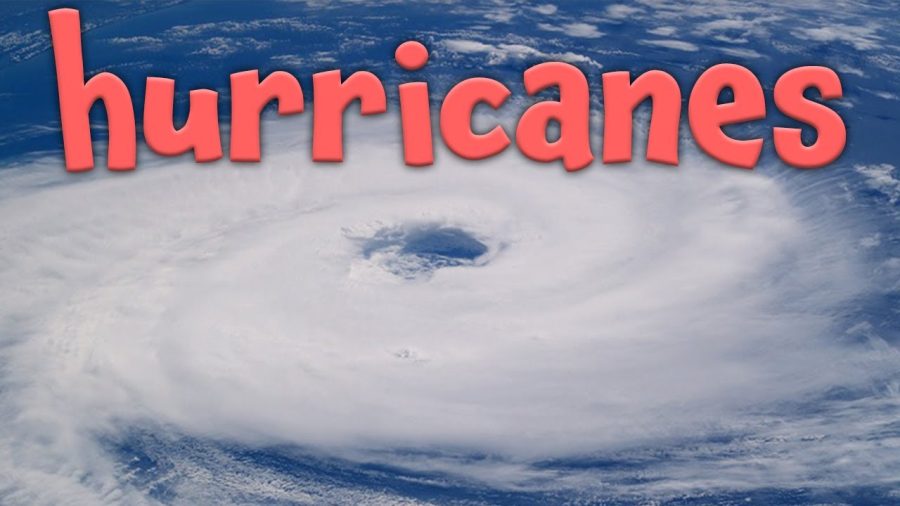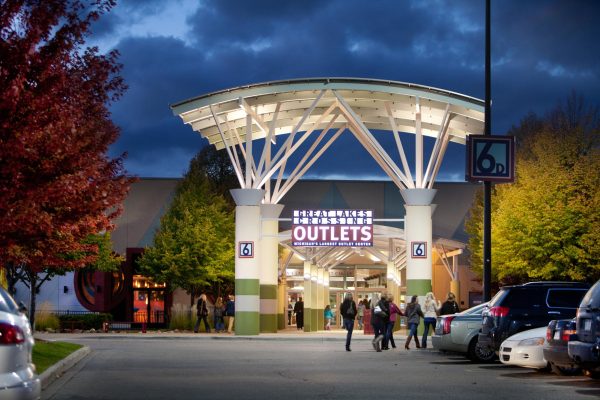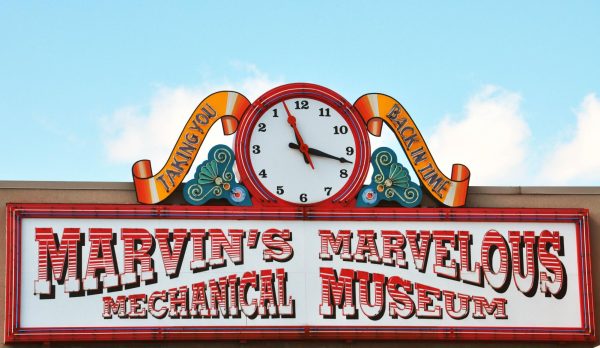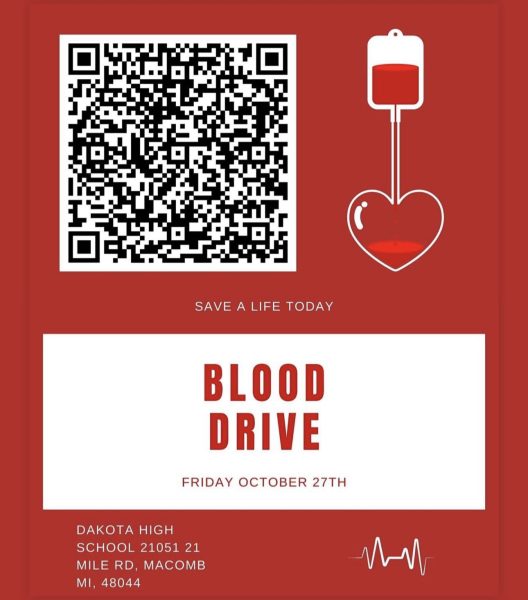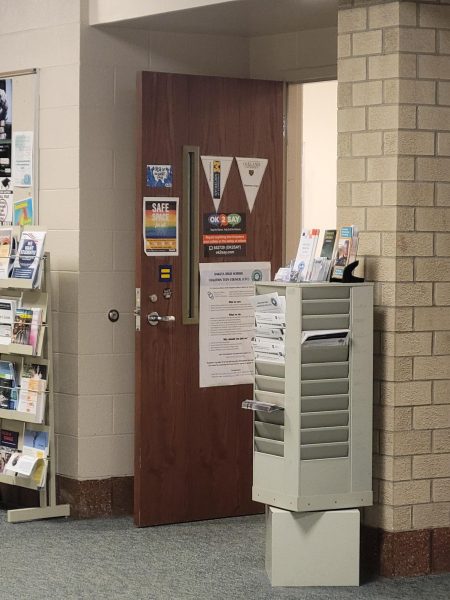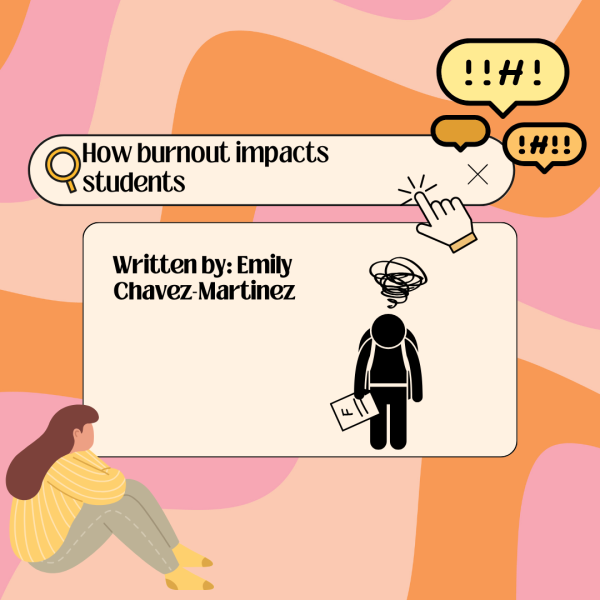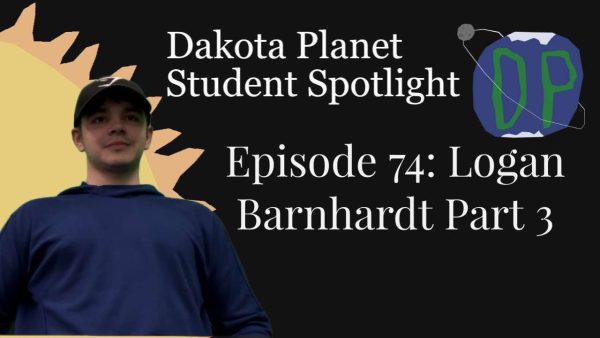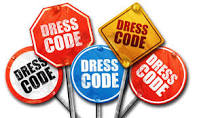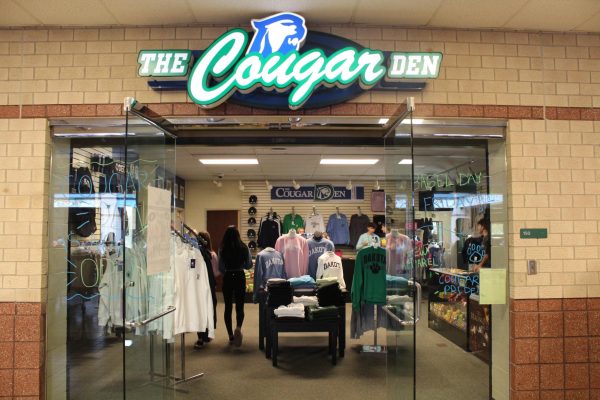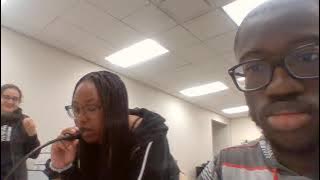All About Hurricanes!
Hello everyone! My name is Zachary Veal and today, I will talk all about hurricanes. But first, let me begin with what category hurricanes fall under. And that category is natural disasters. But what exactly are natural disasters? Well, I am glad that you asked. A natural disaster is a force of nature that mankind can not control. And some examples of natural disasters include floods, hurricanes, tornadoes, volcanoes, tsunamis, earthquakes, and droughts. Both between both a hurricane and tornado, the natural disaster that holds more danger is the hurricane because of its effects to the damage of property, environment, and death toll. Hurricanes are one of the many natural disasters that occur on Earth. According to a National Geographic article, hurricanes are ”giant, swirling tropical storms that can pack wind speeds over 160 miles an hour and can unleash more than 2.4 trillion gallons of rain a day. Hurricanes have a lot of precipitation which means that they can produces a ton of rainfall in many places.
Now, even though both hurricanes and tornadoes are very destructive to both lives and to properties, hurricanes cause more damage than tornadoes. Hurricanes are more dangerous than tornadoes because they are bigger and can last for several days before the destruction ends. Hurricanes can rip down houses and big companies and they also cause more injuries to people than tornadoes .Many business will suffer if they do not have a good base structure besides people will usually build their buildings with glass. But when a hurricane occurs, there is a lot of precipitation which can cause flooding through cities therefore power lines can also be damaged because of the massive amounts of flowing water. Hurricanes affect more larger areas than tornadoes, causing more damage. But even though a tornado is much more faster in terms of speed you can still be warned before the tornado happens. A hurricane can also be used to warn people before it happens but sometimes it is an unexpected event. Hurricanes can also affect thousand of square miles over a few days. Storm surges follow hurricanes because of the intensity that it puts on the atmosphere. And people can drown from the water that fills up the streets. And fishing companies are always in danger because even a minor storm surge it can cause many fisherman to lose their job because of the damages on their boats and fishing equipment. So, those are the reasons why hurricanes are much more destructive than tornadoes.
Then, let’s talk about how hurricanes form. How do they form? Well, I am glad that you asked. Hurricanes form over warm ocean waters. And sometimes they can strike land. But when a hurricane reaches land, it pushes a wall of ocean water ashore. And this wall of water is called a storm surge. Both Heavy rain and storm surge from a hurricane can cause flooding.
But once a hurricane forms, weather forecasters predict its path. They also predict how strong it will get. This information helps people get ready for the storm.
There are five types, or categories, of hurricanes. The scale of categories is called the Saffir-Simpson Hurricane Scale. And the categories are based on wind speed:
Category 1: Winds 119-153 km/hour (74-95 mph) – faster than a cheetah.
Category 2: Winds 154-177 km/hour (96-110 mph) – as fast or faster than a baseball pitcher’s fastball.
Category 3: Winds 178-208 km/hour (111-129 mph) – similar, or close, to the serving speed of many professional tennis players.
Category 4: Winds 209-251 km/hour (130-156 mph) – faster than the world’s fastest rollercoaster.
Category 5: Winds more than 252 km/hour (157 mph) – similar, or close, to the speed of some high-speed trains.
Next, let me talk about all the parts to a hurricane. So first up, let me talk about the eye of a hurricane. The eye is the “hole” at the center of the storm. The winds are light in this area. And the skies are partly cloudy, and sometimes even clear.
Next up, let me talk about the eye wall of a hurricane. The eye wall is a ring of thunderstorms. And these storms swirl around the eye. And the wall is where winds are strongest and rain is heaviest.
Finally, let me talk about the rain bands of a hurricane. The rain bands of both clouds and rain go far out from a hurricane’s eye wall. And these bands stretch for hundreds of miles. And they contain thunderstorms and sometimes tornadoes, as well.
Next up, let me talk about how a storm becomes a hurricane. A hurricane starts out as a tropical disturbance. This is an area over warm ocean waters where rain clouds are building. Then, the tropical disturbance sometimes grows into a tropical depression. This is an area of rotating thunderstorms with winds of 62 km/hour (38 mph) or less. After that, the tropical depression becomes a tropical storm if its winds reach 63 km/hour (39 mph). And finally, the tropical storm becomes a hurricane if its winds reach 119 km/hour (74 mph).
But sometimes, scientists do not know exactly why or how a hurricane forms. But they do know that two main ingredients are needed. One ingredient is warm water. Warm ocean waters provide the energy a storm needs to become a hurricane. Usually, the surface water temperature must be 26 degrees Celsius (79 degrees Fahrenheit) or higher for a hurricane to form. And the other ingredient is winds that don’t change much in speed or direction as they go up in the sky. Winds that change a lot with height can rip storms apart.
And finally, let me talk about how all hurricanes are named. A fun fact about naming a hurricane is that they can be more than one hurricane at a time. And this is one reason that hurricanes are named. Names make it easier to keep track of and talk about storms. And each year, hurricanes are named in alphabetical order. And the names come from a list of names for that year. There are six lists of names. And they are reused every six years. But if a storm does a lot of damage, its name is sometimes taken off the list. And it is then replaced by a new name that starts with the same letter.
So, that is basically what you need to know about hurricanes. And I hope that you enjoyed this!
Your donation will support the student journalists of Dakota High School. Your contribution will allow us to purchase equipment and cover our annual website hosting costs.

Zachary Veal is a senior at Dakota High School. He is interested in music while playing percussion in his 3rd hour Concert Band class right here at Dakota,...

